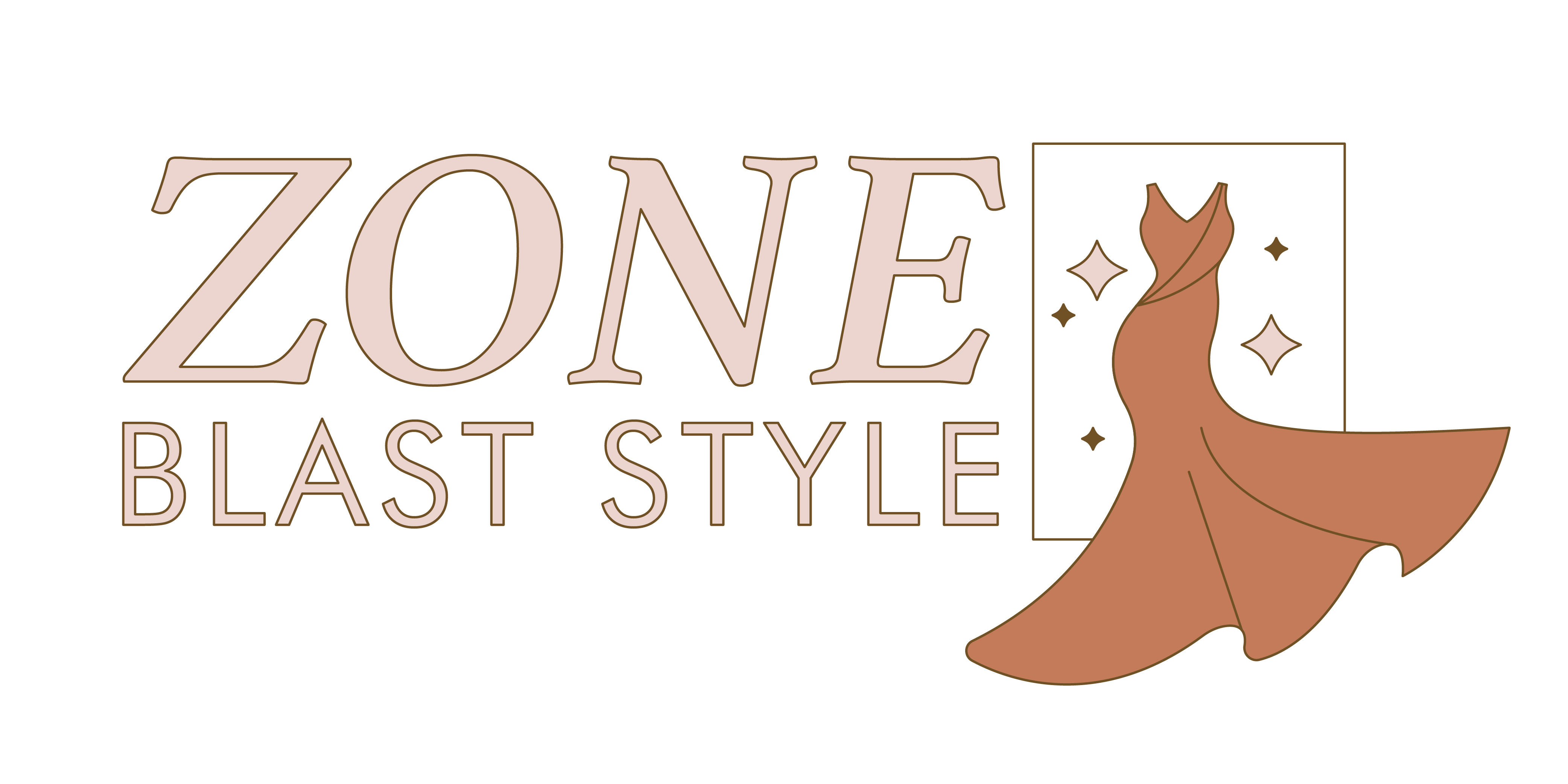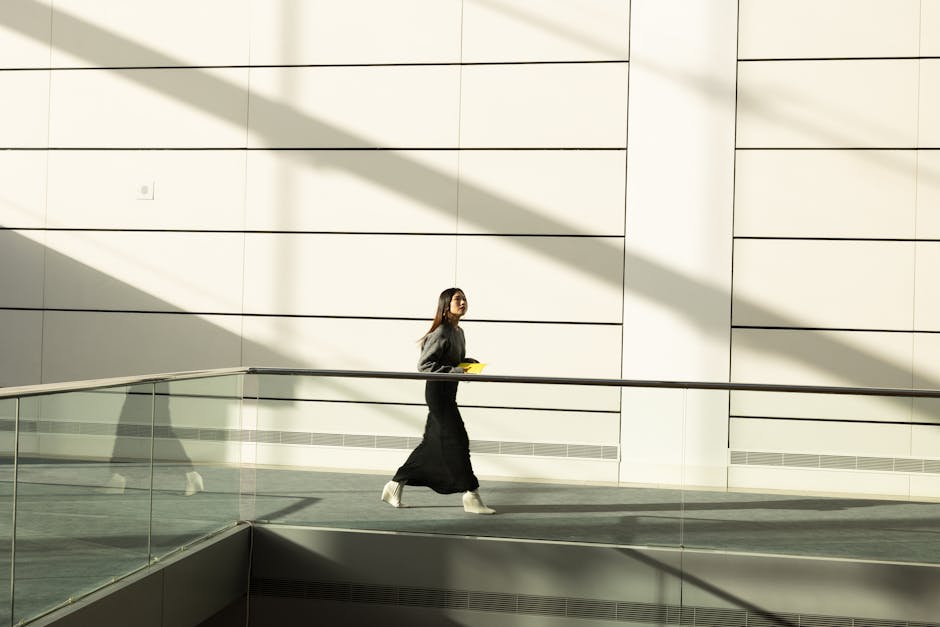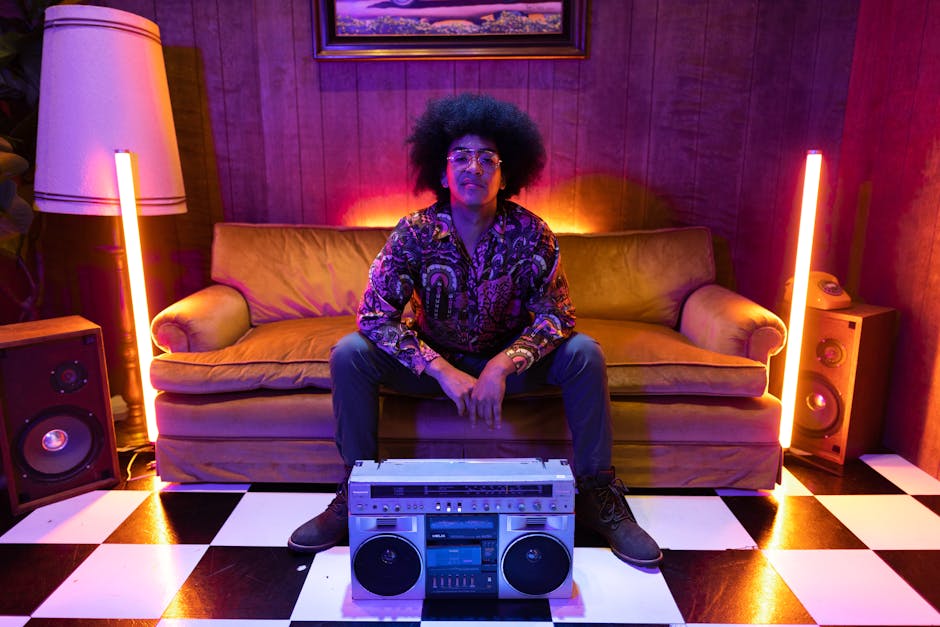Intro: Why Fashion Weeks Still Matter
Fashion Week has become synonymous with runway shows and front-row celebrity sightings—but there’s much more happening behind the scenes. These events are powerful engines of cultural and commercial change, shaping how fashion is perceived, produced, and purchased around the world.
Fashion Week ≠ Just a Runway Show
While runway presentations are the most visible part of Fashion Week, they are only the tip of the iceberg.
- Behind closed doors, deals between designers, buyers, and retailers take shape.
- Pop-up events, showroom visits, and brand activations create a layered experience.
- Influencers, media outlets, and style forecasters amplify it all across digital platforms.
In short, Fashion Week is a multi-dimensional platform—creative, commercial, and cultural.
Cultural Currency and Creative Influence
Fashion Weeks serve as global cultural touchstones. The creative ideas introduced on the runways ripple far beyond clothing.
- They influence music videos, advertising, editorial shoots, film costumes, and even social media aesthetics.
- Emerging designers use these events to make bold statements, connecting fashion to social issues, cultural identity, and innovation.
- The dominant themes of each season tend to spark conversations about everything from gender roles to sustainability.
Global Impact on Trends, Retail, and Media
What debuts at Fashion Week doesn’t stay at Fashion Week. These events trigger massive downstream effects.
- Retailers shape seasonal buys based on what appears on the runways.
- Fast fashion brands often respond within weeks, mass-producing similar looks.
- Media outlets translate high fashion into digestible stories, lookbooks, and coverage that reaches millions.
In essence, what starts in a fashion capital can become a global trend in a matter of days. Fashion Week isn’t just a showcase—it’s a signal.
A Brief History of Fashion Weeks
Fashion Week didn’t start with hashtags—it began in wartime Paris. Back in the early 20th century, European couture houses would host private showings for elite clientele, mostly behind closed doors. But it wasn’t until 1943, in the midst of World War II, that the idea of a structured “fashion week” took shape. With Paris occupied, American fashion publicist Eleanor Lambert launched “Press Week” in New York to shift attention to U.S. designers. It worked. From there, the idea caught on.
Throughout the next few decades, London and Milan joined the movement, bringing their own aesthetic and cultural weight. By the ’90s, the calendar had solidified around the Big Four—New York, London, Milan, and Paris. Each city earned its spot based on influence, industry infrastructure, and creative output. New York brought commerce. London leaned avant-garde. Milan, luxury. Paris, heritage.
After the 2000s, things got messier—in a good way. Social media cracked the old hierarchy wide open. Bloggers sat next to editors. Street style could go viral before a model even hit the runway. Live streams and later TikTok changed who fashion weeks were speaking to. What used to be an invitation-only industry summit morphed into a global broadcast event, open to anyone with Wi-Fi.
So while Paris may have started it, the fashion week format no longer belongs to one city or even one continent. It’s now a rotating spectacle shaped by cultural shifts, digital disruption, and an industry figuring itself out in real time.
The Big Four: What Sets Each Apart
Each of the Big Four fashion weeks delivers a distinct point of view. They’re not just different stops on the same tour—they’re entirely different shows, rooted in culture, commerce, and character.
New York leads with hustle. This is fashion built for movement—wearable, scalable, and market-ready. The city prizes innovation and inclusivity, making space for both established labels and first-gen designers from every walk of life. Collections here don’t just aim to inspire, they aim to sell. If Paris is poetry, New York’s a pitch deck—but it’s compelling.
London doesn’t follow rules; it plays with form. This is where experimental cuts and off-kilter styling meet raw energy. Think student brilliance colliding with editorial chaos. From Central Saint Martins grads to renegade independent houses, London’s output is often unpredictable—but always vital. It’s fashion as self-expression, not just clothing.
Milan is about polish. Runways echo a legacy of luxury, family dynasties, and tailoring traditions that haven’t changed much for decades—and they don’t need to. Craftsmanship takes center stage: the drape of a coat, the hand-stitch in a bag, the provenance behind a textile. Milan might not shout newness, but it whispers mastery.
Paris is the heavyweight. It’s haute couture territory with centuries of authority behind it. But even here, reinvention is threaded into tradition. Global megabrands present alongside experimental upstarts. Drama is expected—sometimes hushed, sometimes maximal. Paris remains the capital of high fashion because it balances reverence with risk.
Together, these cities frame the global conversation. Their differences aren’t just aesthetic—they reflect how fashion sees itself and where it’s headed.
Beyond the Big Four: Rise of Global Fashion Weeks
Fashion influence is no longer centralized. Tokyo, Copenhagen, Seoul, Lagos, and São Paulo are stepping out of the sidelines, turning regional fashion weeks into global cultural flashpoints. These cities don’t just follow trends—they create their own, fueled by local designers who mix identity, heritage, and fresh aesthetics into something that doesn’t need Parisian approval to feel relevant.
Seoul is a high-low mashup—clean silhouettes, experimental gender fluidity, tech-adjacent fabrics. Tokyo brings streetwear with an edge, deeply tied to subcultural codes and a fearless approach to innovation. Copenhagen is leading the charge on sustainability and minimalism, turning functional wardrobe staples into runway moments. Lagos? It’s redefining luxury through color, craftsmanship, and unapologetic cultural pride. São Paulo mixes modern silhouettes with Afro-Brazilian and Indigenous references, building a fashion language that’s both grounded and global.
These cities aren’t chasing the spotlight. They’re building ecosystems—media, retail, influencer networks—that make their fashion scenes self-sufficient. At the same time, social media has made it possible for someone in Ghana, Berlin, or Toronto to see a Lagos runway collection within minutes. That’s the shift: local voices speaking in a global volume.
Digital Disruption and Virtual Runways
When the pandemic hit, fashion weeks didn’t pause—they pivoted. Almost overnight, runways went dark and screens lit up. Digital fashion weeks were born out of necessity, but their staying power has turned them into a permanent piece of the fashion puzzle.
The immediate benefits were obvious. Anyone with a Wi-Fi connection suddenly had front-row access. Barriers fell. Carbon footprints shrank. Costs dropped for both organizers and designers. The industry felt more democratic—less about who you knew, more about what you created.
But it wasn’t perfect. The shift to digital missed some of fashion’s key ingredients: physicality, texture, energy. Online shows struggled to recreate the sensory layer that makes fashion week unforgettable. Buyers faced challenges with remote selections. Media lost the buzz of street style and spontaneous interviews. Audiences longed for authenticity in an often over-polished digital format.
That’s where hybrid events found their footing. Now in 2024, the best fashion weeks offer a bit of both worlds. Carefully designed physical shows are backed by strong digital content—livestreams, virtual lookbooks, behind-the-scenes access. Brands have learned to scale impact without losing intimacy.
For a larger look at how tech blends with fashion’s future, check out The Intersection of Fashion and Technology.
Fashion Weeks as Business Engines
Fashion Weeks aren’t just photo ops—they’re high-stakes business platforms. For designers, this is the proving ground. A strong collection can land them retail deals, press coverage, and a jump in credibility. Buyers use these events to spot trends early and place orders faster. Media gets fresh content and trend stories, while influencers gain relevance, brand partnerships, and content their audiences crave.
Fast fashion treats Fashion Week like R&D. They study runway trends and get them into stores in a matter of weeks, often before the luxury pieces even ship. It’s reactionary, fast-moving, and profit-driven. Luxury brands, on the other hand, are shifting toward exclusivity and deep storytelling. Their shows are no longer just previews—they’re immersive brand experiences meant to build longer-term brand equity.
Behind the scenes, the seasons are shifting too. The traditional fashion calendar is cracking. Many brands now show closer to their production windows, with see-now-buy-now models gaining traction. It’s about speed, but also flexibility. The pressure now is to align art, commerce, and calendars—all while the spotlight’s on.
The Future: More Than Just the Runway
Fashion Weeks are evolving beyond aesthetics and seasonal drops. The runway has become a launchpad for conversations around ethics, innovation, and inclusion—pushing the boundaries of what a fashion event represents in the modern world.
Sustainability Takes Center Stage
Environmental responsibility is no longer a fringe concern—it’s now part of the fashion industry’s core messaging. Many designers and fashion councils are committing to sustainable practices, including:
- Circular design: Creating garments that can be reused, repurposed, or recycled
- Slow fashion: Prioritizing quality and longevity over speed
- Ethical sourcing: Ensuring materials are environmentally friendly and ethically produced
- Eco-conscious staging: Using digital invitations, low-impact show productions, and carbon offsetting initiatives
Fashion Weeks are becoming a testing ground for eco-forward collections that reflect a broader shift across the industry.
Tech Integration Reimagines the Experience
Technology is transforming how audiences experience Fashion Week. From sitting front-row via a screen to virtually trying on clothes, innovation is redefining accessibility and engagement.
Key developments include:
- Augmented reality (AR): Enhancing real-world fashion shows with digital overlays and styling features
- Virtual fitting rooms: Allowing viewers to try on looks remotely using body-mapping tech
- Metaverse showcases: Designers launching immersive shows within digital worlds, expanding reach and creative freedom
These tools offer brands more flexible storytelling and give viewers around the world a front-row seat.
Inclusivity and Representation: A Cultural Reset
Fashion Weeks are increasingly reflecting the call for inclusivity, both on and off the runway. This goes beyond model casting; it touches casting directors, designers, themes, and even show formats.
What’s changing:
- More diverse body types, ethnicities, genders, and identities being represented
- Spotlighting underrepresented designers and voices from across the globe
- Emphasis on storytelling that challenges industry norms
- Integration of cultural perspectives and histories into collections
Fashion Weeks are no longer just defining style—they’re helping reshape cultural narratives.
Fashion’s future is being written on the global runway—but it looks far different than it did a decade ago. Sustainability, technology, and inclusion aren’t just trends—they’re the new pillars of relevance and influence.
Final Take: Fashion Weeks as Cultural Mirrors
Fashion Weeks have evolved into far more than venues for debuting new seasonal collections. Today, they stand at the intersection of style, society, and systemic change.
More Than Clothes on the Runway
- Fashion Weeks have grown beyond traditional runway shows
- They now reflect deeper cultural, political, and economic conversations
- From climate advocacy to inclusivity, what walks the runway speaks to the times
Reflecting the World Back to Itself
Fashion Weeks mirror global culture like few other events. They encapsulate:
- Societal shifts – from gender fluidity to political resistance expressed through fashion
- Cultural storytelling – elevating diverse narratives from around the world
- Economic signals – revealing how consumer habits and retail priorities are evolving
A Front-Row Seat to Fashion’s Global Future
To truly grasp where fashion is headed, one must look at Fashion Weeks as a global ecosystem.
- They set the tone for everything from retail strategy to cultural discourse
- Emerging fashion weeks globally are reshaping the industry’s geography
- Sustainable practices, tech integration, and representation are redefining success stories
Fashion Weeks are no longer sidelined seasonal events. They are vital platforms helping shape the future of fashion, commerce, and culture alike.


 Fashion Trends Editor
Fashion Trends Editor